1
/
of
18
Product number: SKU:23619
23619 Shunsho Hattori (Oshidori shell ornament box, mandarin ducks)
23619 Shunsho Hattori (Oshidori shell ornament box, mandarin ducks)
Sold out
?
【Related categories】
Share
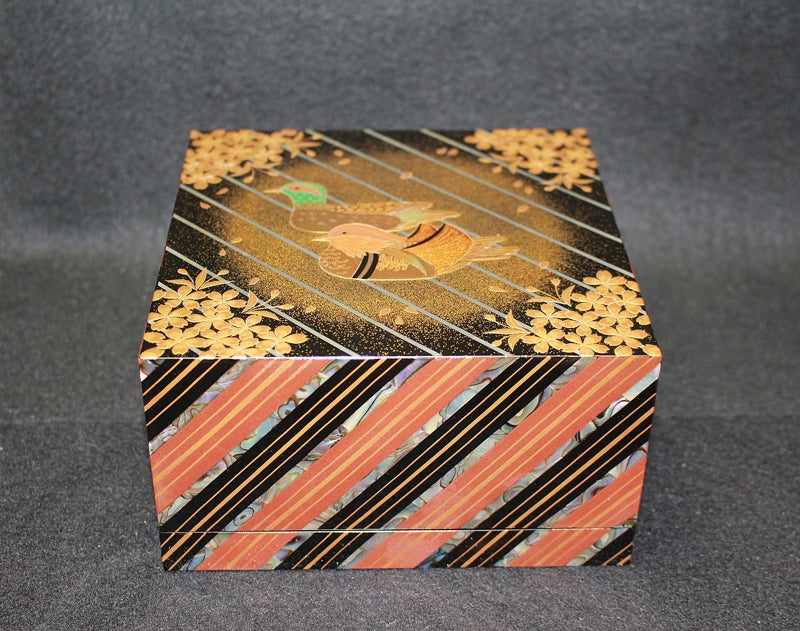


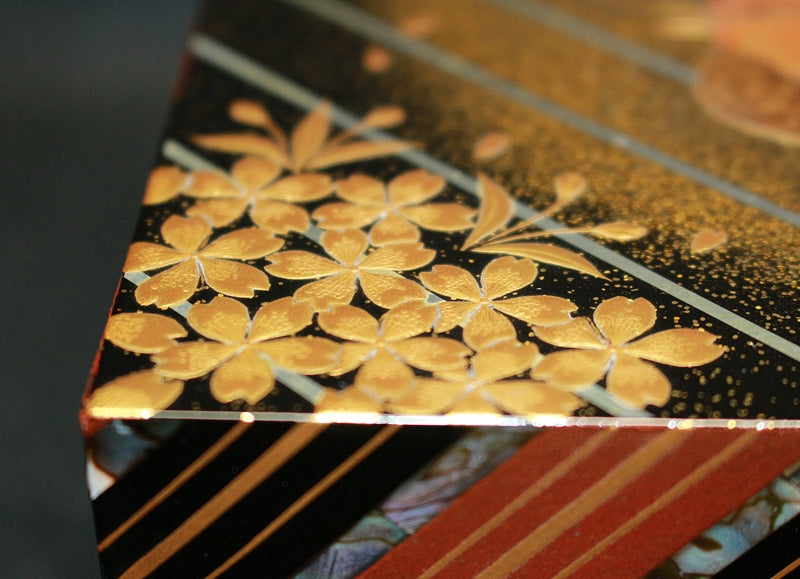
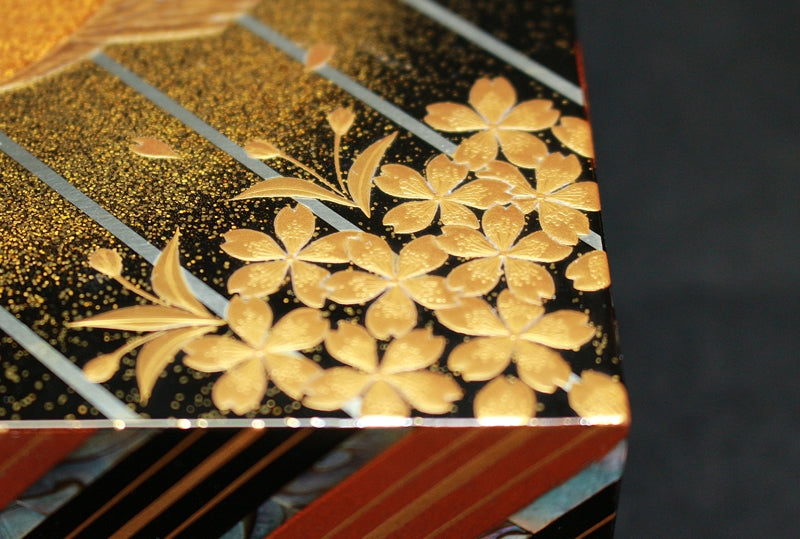


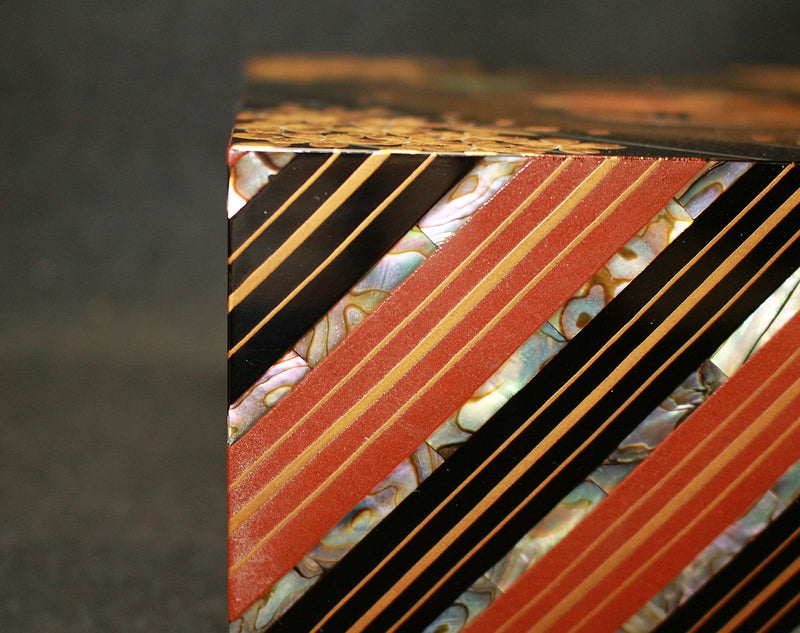

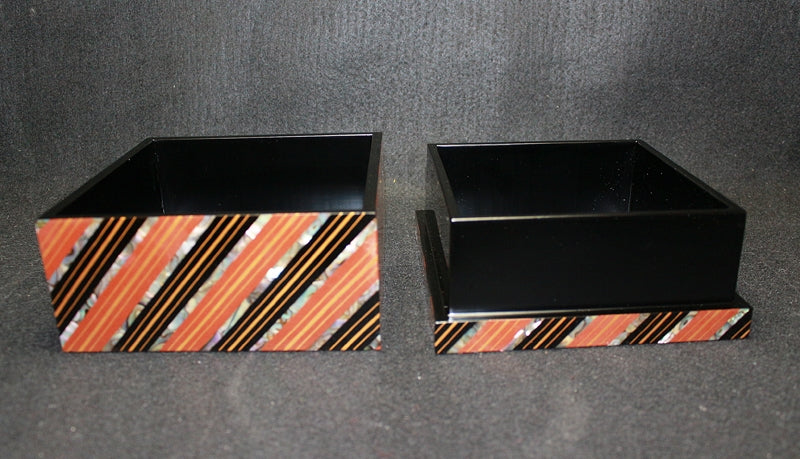
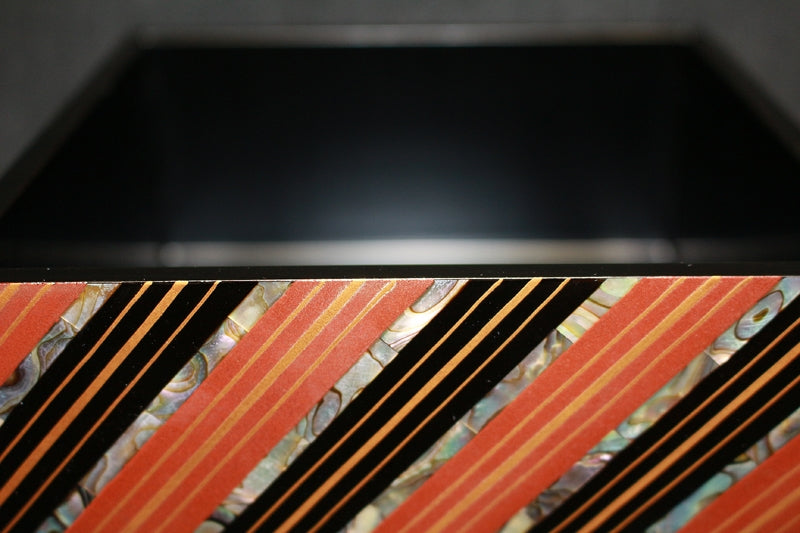

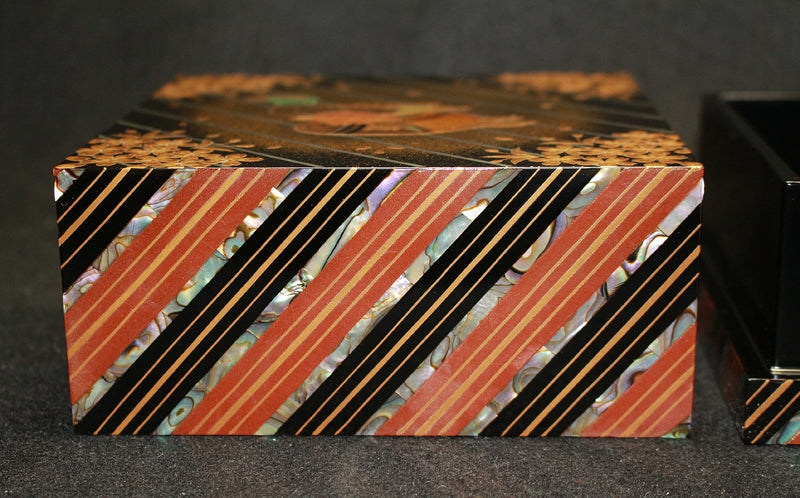
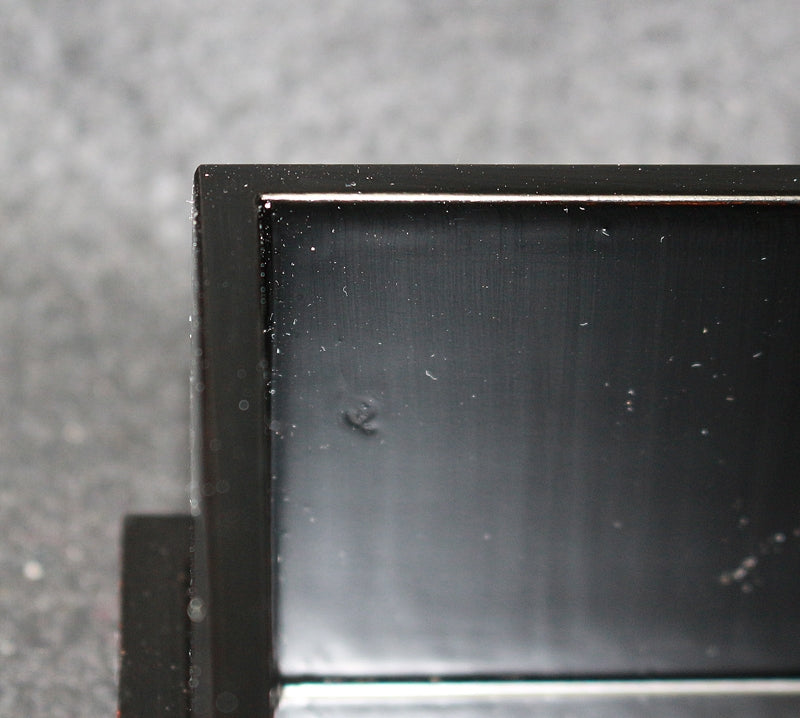

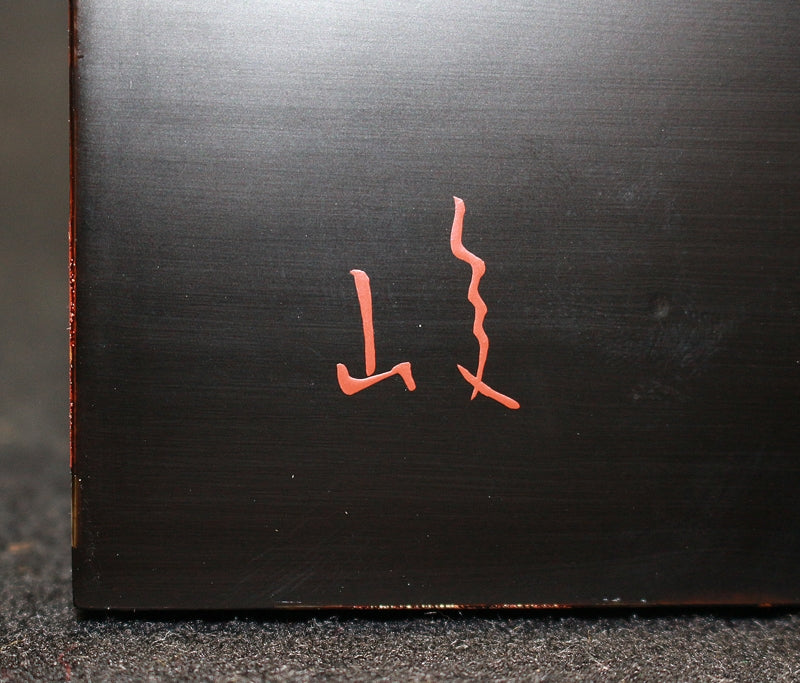

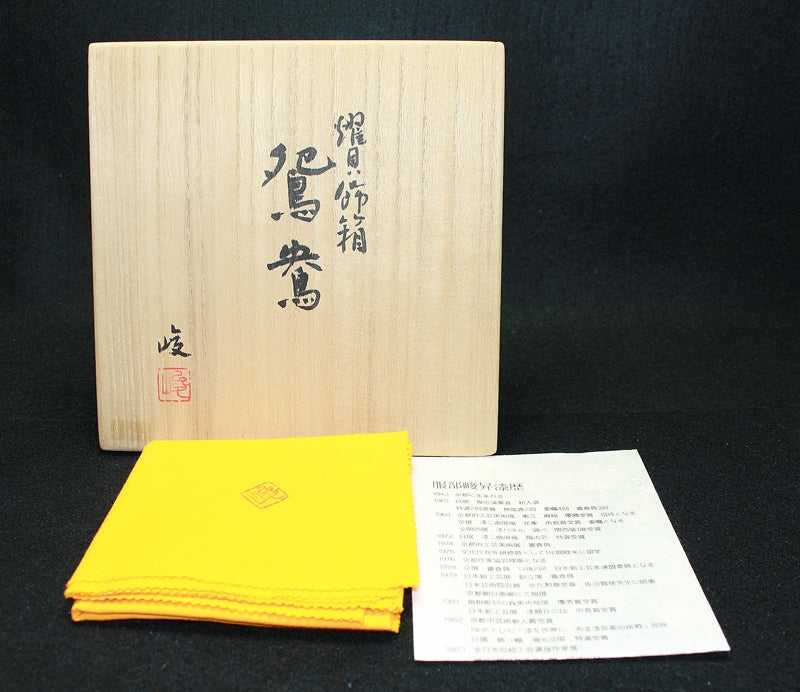


























Height 8.2cm x each side 14.8cm
Hattori Shunsho Born in 1943. In 1963, he was first selected for the Nitten Exhibition. Since then, he has exhibited at exhibitions including the Nitten Exhibition, and has won numerous prestigious awards. In 1995, he met Pope John Paul II and presented him with a book stand. In 2004, he created a display shelf for the guest room of the Kyoto State Guest House. He is currently a council member of the Nitten Exhibition. He is a managing director of the Japan Machinery Association. He is a member of the Kyoto Prefecture Crafts and Artists Association. He is a member of the Kyoto Lacquer Artists Association. He is a member of the Sokokai. A photo of this work is posted on the website of the 2008 "Hattori Shunsho Lacquer Art Exhibition" held at Ginza Wako Hall. The sun shines brightly on the coral reef sea. If you were to look up at the surface of the sea from within the sea, would it look like this? The ripples caused by a gust of wind on the surface of the water, the light and the swaying of the water. A swell of energy converging on one point. The Yogai (shell) display box "Kosai" embodies the world of "Sun, Moon, Waves and Wind," the lifelong theme of lacquer artist Shunsho Hattori. Hattori says, "Using lacquer, a traditional Japanese culture, I want to pursue practical applications that are applicable to the present day while passing on techniques established in the Heian period." The innovative designs on the incense burners and tea utensils, and the forms of the display boxes are reminiscent of modern art. Moreover, his meticulous consideration and aesthetic sense, which are based on the premise that each item will be used, can be seen everywhere. The gold lacquerware that emits a dazzling and solemn light is decorated with classical patterns, and the blue or pearl-colored Yogai shells imported from Mexico and New Zealand brilliantly decorate the work. Utility and beauty, tradition and modernity, Japanese and Western styles are all blended together to create a beautiful shine. That is Hattori's work. Both the oyster shell and the wing of the jewel beetle, which has been featured since his last solo exhibition, are difficult materials to obtain, and only the parts that can be used in the works are limited. Shells grow by eating seaweed, and the color varies depending on the pigment of the algae, and only the thin part of the tip of the wing of the jewel beetle can be used. Nevertheless, his encounter with the jewel beetle was striking. He spent three years trying and erroring to find a way to fully bring out its beauty. "In the world of crafts, lacquer art is the only one that can use various materials," says Hattori, who is always searching for new materials. In his fourth solo exhibition, over 70 pieces will be exhibited, including folding screens, wall works, decorative boxes, and tea utensils. The mysterious beauty of the material and the creative power of the lacquer artist, who wants to express the richness and moisture of the human heart with lacquer, come together to create a world of lacquer that is both elegant and elegant.